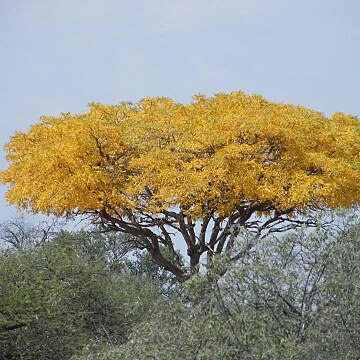Gynoecium composed of 4 united carpels forming a 4-locular ovary with 1 ovule in each loculus; style slender, with a capitate stigma (the style is formed by the union of 4 original styles and after anthesis the style splits towards the base into its 4 constituent parts and the upper portion falls off, leaving behind the persistent basal portions which simulate 4 free short styles5).
Flowers apparently bisexual but many functionally male with longer stamens and abortive ovaries; others with smaller stamens and normal ovaries.
Stamens 4, opposite the sepals, inserted beneath the disk; filaments filiform or broadening slightly towards the base, without scales.
Fruit dry, 4-angled, 4-locular, when ripe consisting of 4 triquetrous mericarps suspended from a central carpophore.
Leaves crowded near the ends of the branches in close spirals, imparipinnate, with numerous opposite leaflets.
Inflorescences axillary, near the ends of the branches, of paniculate cymes.
Disk annular or cushion-like, rather fleshy.
Calyx-lobes 4, free almost to the base.
Petals 4.
Trees.
